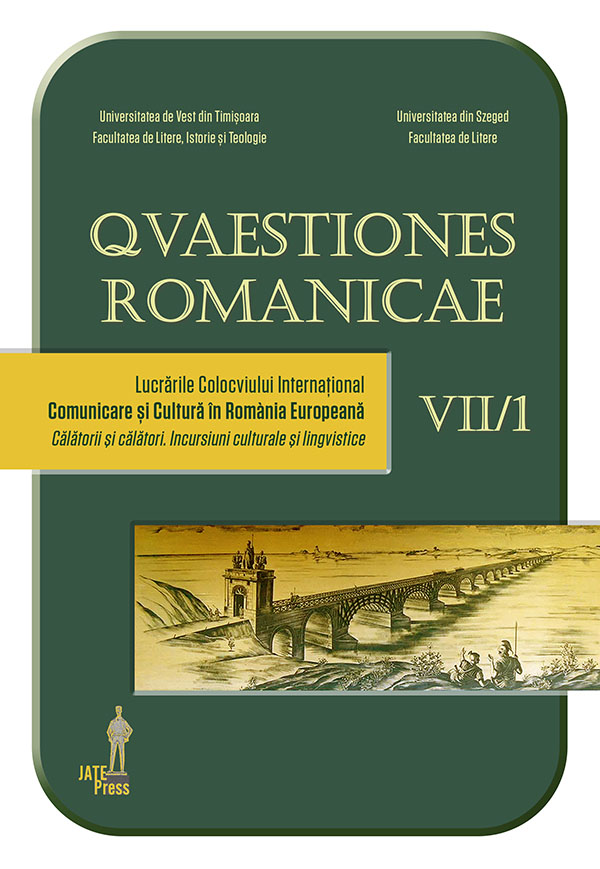Prezenţe europene în peisajul artistic baroc al capitalei Banatului imperial: Michelangelo Unterberger, Johann Joseph Ressler şi Johann Nepomuk Schöpf
Abstract: (European Itinerant Artists in the Baroque Milieu of Imperial Banat: Michael Angelo Unterberger, Johan Joseph Resler and Johann Nepomuk Schöpf) Baroque presences, the artists become relevant for the artistic milieu of Europe, in search of orders made under religious patronage. Their biographies and artistic itinerary is of the utmost importance for art historians as it maps the official style of the Habsburgs, one case in particular being relevant in this respect: that of Michael Angelo Unterberger (1695 Cavalese-1758 Vienna), disciple of Giovanni Battista Piazzeta, who for his talent was endowed by empress Maria Theresia in 1751 with the title of Rector magnificus of the Imperial and Royal Court Art Academy from Vienna, an artist who travels through the entire empire in search of commissions and finds besides Boheme and Moravia provinces, Banat and Transylvania where he paints altars (the main altar of the Roman - Catholic Cathedral of Timişoara and the altar of the Jesuit Church from Târgu-Mureş.
Keywords: imperial Baroque, provincial Baroque, itinerant artists, Banat.
Rezumat: Prezente europene în peisajul artistic al Banatului imperial, cei trei artiști formaţi în mediul academic vienez, promovează o artă oficială, cea a barocului vienez cu inflexiuni italiene într-o epocă de manifestare a stilului baroc, definită ca faza oficială a barocului provincial. În căutare de comenzi aceşti autori ajung să execute comenzi pentru ordinele catolice, promotoare ale artei aulice consonante cu epoca reformelor promovată de Maria Teresa. Michael Angelo Unterberger supranumit după locul de naştere Cavalese, a fost chiar înnobilat cu titlul de Rector manificus de către Maria Teresa în 1751, titlu ce-l evidenţiază ca şi conducător al academiei de artă de la Viena, instituție ce avea să formeze artiști ce-şi vor căuta comenzi în tot imperiul Habsburgic, ajungând şi în capitala Banatului, dar şi în Transilvania şi Ungaria, promovând un stil baroc târziu clasicizant.
Cuvinte-cheie: baroc imperial, baroc provincial, artişti itineranţi, Banat.
